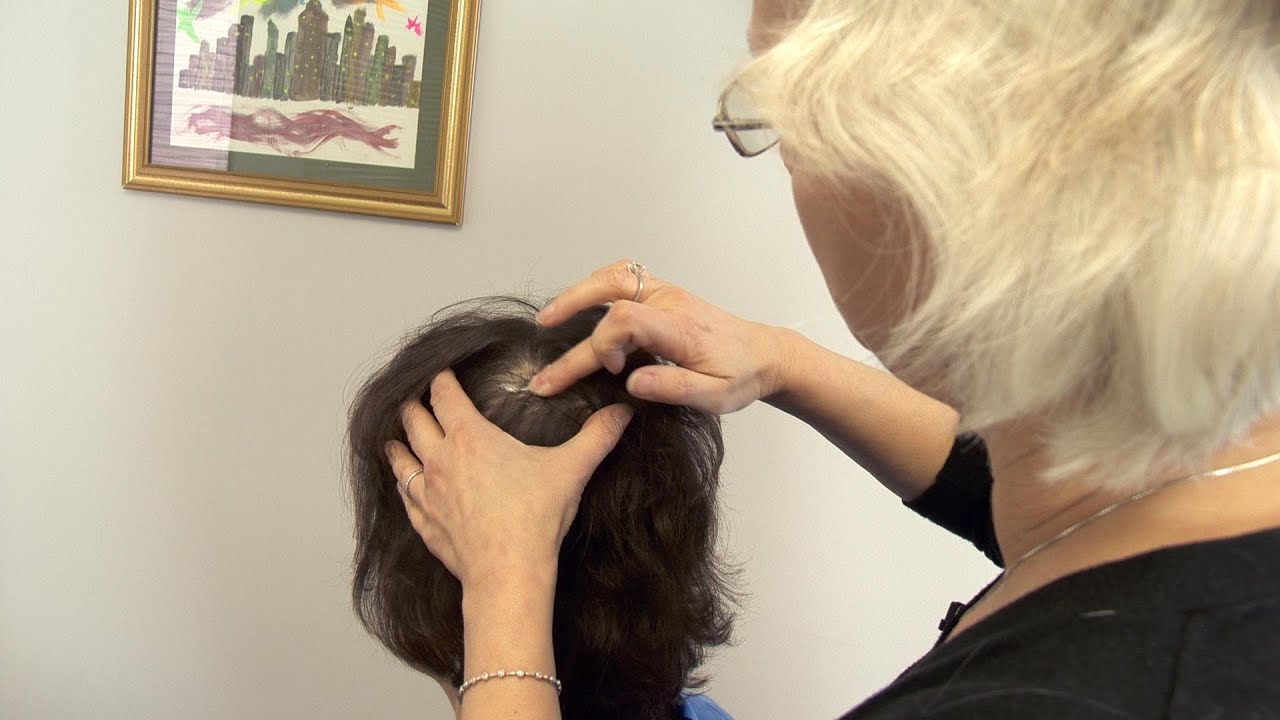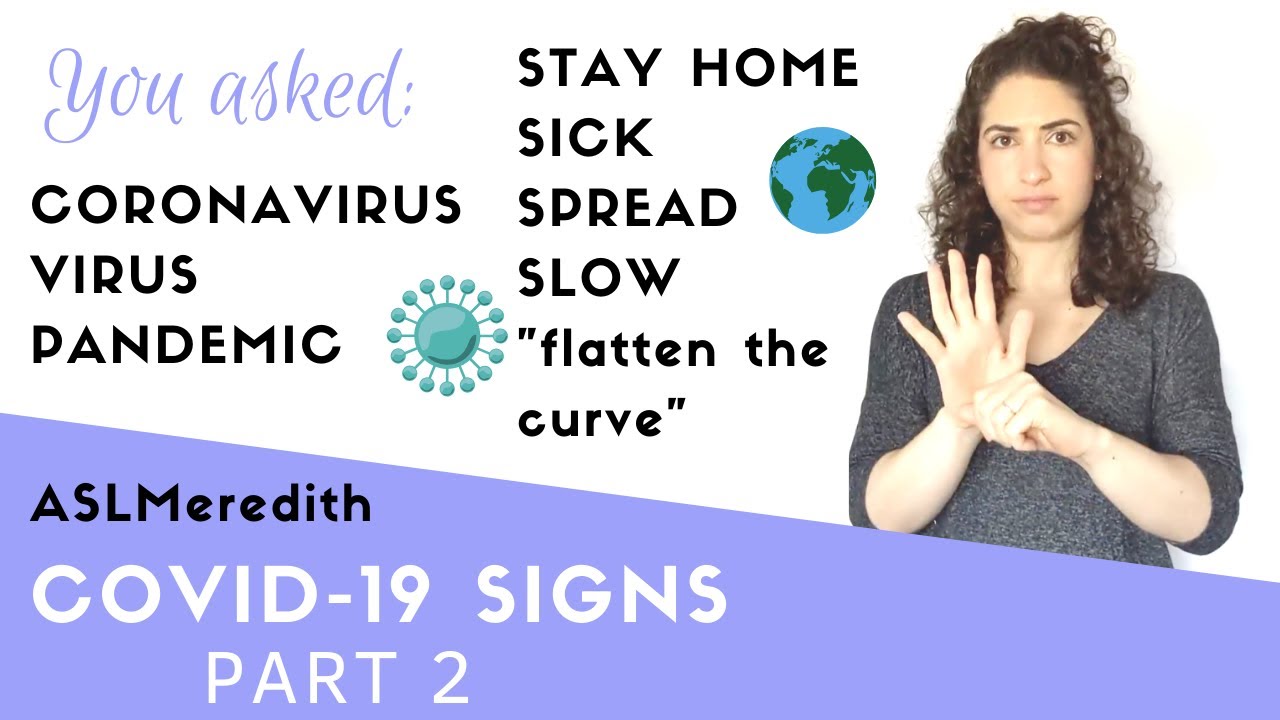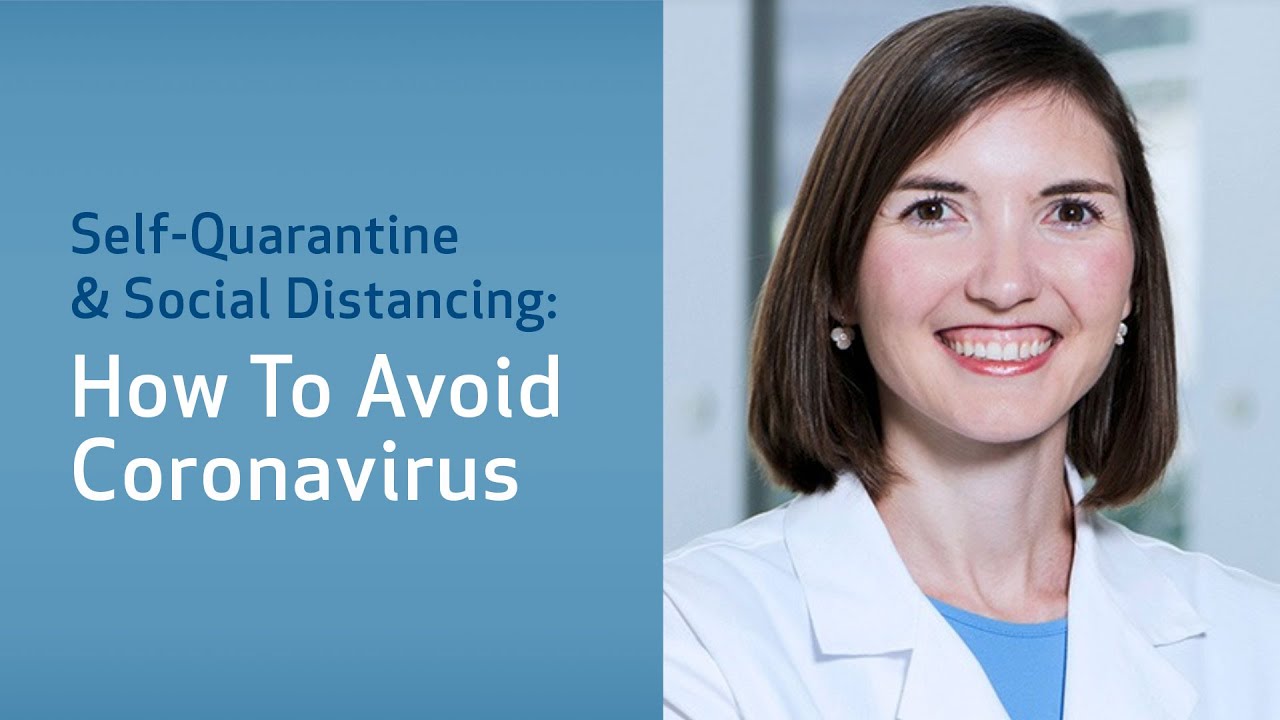Alopecia areata is a type of autoimmune disease that causes bald patches. It can occur on the scalp, eyebrows, eyelashes or anywhere else on the body.
It may be hereditary and people with a family history of the disease are more likely to get it. Occasionally, it can be triggered by stress or other illnesses.
Dermatologist
Dermatologists treat skin diseases, hair loss, and other cosmetic concerns. They also help patients with conditions that affect their immune system, such as lupus and psoriasis.
Your skin is your body’s largest organ and it plays a huge role in protecting you from the sun, cold, germs, and other dangers. However, it can also be a sign of an underlying health issue that may be life-threatening. If you have a skin condition that’s affecting your quality of life, such as eczema, it’s important to get treatment right away.
Some dermatologists specialize in skin cancer, but most of them, like a Cameron K. Rokhsar, MD have experience in treating a wide range of disorders. Some of these include warts, psoriasis, eczema, acne, and fungal infections.
They may prescribe medicine, treat skin cancer using laser or radiotherapy, perform biopsies, or provide surgery to remove growths like moles and skin tags. They often consult with other specialists to ensure that their patients receive the best possible care.
A doctor who treats alopecia is called a “dermatologist.” They’re medical doctors who have a doctoral degree in medicine and specialized training in the field of dermatology. They undergo at least four years of advanced training to become a board-certified dermatologist.
Many people who suffer from alopecia see both a GP and a dermatologist. Most doctors don’t have the expertise to diagnose and treat alopecia, so seeing a dermatologist is a good idea.
Dermatologists typically work in a clinic, hospital or medical office. They spend most of their time caring for patients, but they also have time to conduct research, study, and teach.
When you visit a dermatologist, they’ll check every inch of your body. They’ll also ask you about any other health issues, so they can help you avoid complications and keep your condition in check.
They may ask you about your medication and other treatments you use for your alopecia. They can also recommend other types of treatments that are more effective for your specific type of alopecia.
They can also refer you to other healthcare professionals who can provide information, support and other resources. This can make your experience at the dermatologist office much easier and less stressful.
Pediatrician
Pediatricians work with children from birth to age 21, diagnosing and treating illness, injury, and disease. They also help their patients adopt a healthy lifestyle to prevent certain conditions and diseases.
Pediatric doctors are trained to understand the physical, mental, and emotional needs of infants and children. This allows them to diagnose and treat diseases that commonly affect young people.
Doctors who want to become pediatricians must attend medical school and receive a medical degree (MD or DO). They can specialize in different areas of medicine, such as adolescent medicine or child abuse. They may even pursue a career in pediatric research or open their own practice.
They must be able to communicate with both their patients and their parents about the diagnosis and treatment of their illnesses. They must have good problem-solving skills and the patience to deal with the many different emotions that a patient may feel during treatment.
These doctors also need to be compassionate, caring, and have a sense of humor. This helps them relate to their young patients, who can be difficult or unruly.
In addition, they must be able to perform their duties effectively and efficiently. They must be able to work with a team of other medical professionals to provide the best possible care for their patients.
The job of a pediatrician is very rewarding, and it offers unique opportunities for personal growth in a field where you can make a difference for patients and their families. It’s a great place to build long-term relationships with your patients and learn new things every day.
A pediatrician’s office is filled with toys and other materials to keep young patients occupied while they wait for their turn to see the doctor. This can make them more comfortable during their visit, especially if they are sick.
While a child may be too small or scared to explain what is wrong with them, a pediatrician’s honed observational and deductive skills enable them to accurately assess a child’s condition. They must be able to sift through a lot of information and conduct experiments quickly, as their patients may be ill or in pain.
General Surgeon
Most people with alopecia have seen a number of health care professionals at some point. While some people stop going to see a doctor altogether, others see them as a resource to help navigate the pitfalls of this often frustrating condition. You may also find yourself seeking out a mental health professional to cope with the ups and downs of living with alopecia. The right combination of medical and emotional support can mean the difference between a full head of hair and hair loss. The best place to start is with your primary care physician or ophthalmologist. They can connect you with an alopecia specialist.
Hair Restoration Specialist
A doctor who treats alopecia or hair loss by surgical means is called a hair restoration specialist. They have a medical degree and undergo special training in surgery.
In a hair restoration office, a physician removes a strip of donor scalp from the back and sides of your head, divides it into micrografts, and transplants them to areas of your thinning or balding head where they will grow naturally. The grafted hairs grow much like normal hair and are virtually undetectable from the follicular groupings of your natural hair.
The surgeon closes the site of donor scalp, leaving a straight scar which is well concealed from your remaining hair. The procedure is a simple and safe one, usually performed in the surgeon’s office.
Before any hair restoration is performed, a medical evaluation of your scalp is done to ensure that the causes of your thinning or balding are not underlying health issues. This evaluation may include a biopsy of the scalp to find out more about the cause of your hair loss.
Many patients benefit from a combination of therapies and procedures to stimulate new hair growth, allowing them to achieve a fuller, healthier appearance. This can be achieved through a variety of techniques, including prescription-strength and custom-blended medications to increase blood circulation to the hair follicles and promote healthy hair growth, and regenerative treatments to reduce inflammation and accelerate hair growth.
Our hair restoration specialists provide a number of advanced options to treat thinning or balding hair, including the latest follicular unit extraction (FUE) and Platelet rich plasma (PRP) techniques. These techniques are based on NeoGraft technology to efficiently and gently remove hair follicles in a “no-touch” fashion and transplant them without harm to the recipient area of your scalp.
When a patient has a specific goal, our surgeons are skilled in designing a customized treatment plan to meet their needs. This can involve multiple appointments at various intervals to maximize results.
Our hair transplants are a safe, effective option for men and women who have experienced hair loss and want to improve their self-image and confidence. The procedure is designed to replace thinning or balding areas on the head with hairs that grow naturally, and can often be accomplished in just a few sessions.




